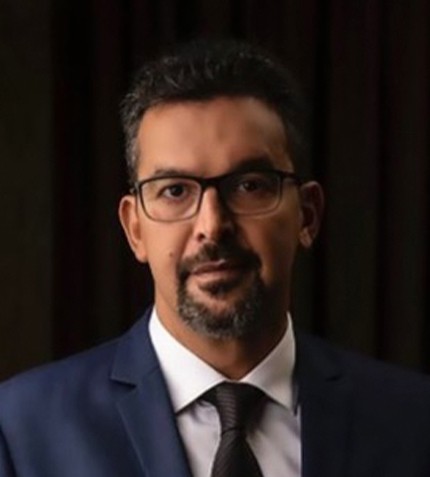
"Our PAK lithium project is unique because it presents us with the ability to have both extraction and downstream lithium refining all within a relatively confined geographic area and near the end-users."
Trevor Walker
PRESIDENT & CEO, FRONTIER LITHIUM
Please provide us with details regarding Frontier’s PAK lithium project in Ontario?
Early in my tenure with the predecessor of what is now Frontier Lithium, I began thinking about the potential of rare metals. A discovery made by the Ontario Government in 1999 in northwestern Ontario caught my attention as it had the potential to host rare metals, and what I would learn later was high grade, high quantity lithium bearing spodumene. A short time later the decision was made to focus our efforts on one asset, the PAK lithium project, which is located about 150 km north of Red Lake. Since 2010, we have made four discoveries, two of which (the PAK and Spark deposits) have potential to become open pit mines. Work is required on the other two discoveries to determine their potential.
Recognizing that society’s move towards electrification and batteries would be more of an evolution than a revolution, we took a cautious approach by de-risking the asset and growing the deposit to the size required to support downstream production of lithium chemicals. The PEA, released five months ago, assessed the business case for a fully integrated operation, a mine with two open pits and a mill. The mill would take a 2% lithium resource and turn it into 6% lithium concentrate where it would then be transported to a chemical production facility within the Great Lakes region to produce lithium chemicals. This is the model that we feel maximizes the value of the PAK project. To support the pre-feasibility study, we continue to advance the work required, including the ongoing delineation drilling on the Spark deposit, which remains open in all directions.
How is the project’s positioning within the Electric Avenue district beneficial?
Ontario’s Electric Avenue is the most extensive, contiguous corridor of lithium-bearing pegmatites in Ontario and is home to the highest quality spodumene in North America. Our PAK lithium project is unique because it presents us with the ability to have both extraction and downstream lithium refining all within a relatively confined geographic area and near the end-users. This offers the potential to limit overall production costs and greenhouse gas emissions.
How is demand for lithium unfolding globally and in Canada?
Roughly, half of the world’s lithium is produced in Australia, with the remainder produced in China and South America. Much of the world’s feedstock is then shipped to China to undergo conversion into chemicals. It is then transported to other markets, such as Japan and South Korea, to produce the active materials that go into batteries.
The growth in electric vehicle manufacturing globally has really been the catalyst for much of the lithium demand we are seeing. Announcements and investments from electric vehicle manufacturers, coupled with increasing societal awareness of the importance of cutting global carbon emissions, are continuing to drive demand for lithium. With the market for lithium expected to grow over the next five years and our proximal location to large automobile original equipment manufacturer hubs in southern Ontario and Michigan, Frontier Lithium is well positioned to supply Canadian, North American and, potentially, European markets with high-quality lithium depending on the need.
Can you tell us more about your lithium chemicals test work and how it has evolved?
Frontier Lithium is performing an internal scoping study to assess how best to manufacture high-quality lithium chemicals from its feedstock. Of importance to us is the ability to produce a high-quality, consistent lithium chemical sustainably, which means we can do so economically and in a manner that minimizes environmental impacts. With funding assistance from the Government of Ontario, we are currently assessing two processing options; one is a sulphate process route and the other uses an alkaline process route. When this work is completed, we will look at the pros and cons of each process and determine the next steps. In the meantime, we are extremely happy to have announced that we have successfully produced battery grade lithium chemicals from our own high-quality spodumene resource at the PAK lithium project.










